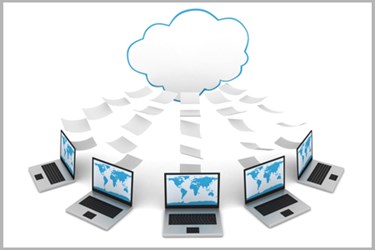The Importance Of Data Normalization In Healthcare Data Warehousing
By Megan Williams, contributing writer

Data warehousing and mining are going to change the face of healthcare.
Hospital CIOs are already beginning to shift their focus away from more traditional areas of IT, and toward data-focused initiatives that have proven impact on patient care.
If your clients are thinking in similar ways, they are very likely getting ahead of themselves.
An organization’s clinical data repository (CDR) is notoriously un-standardized, pulling from a mixture of IT systems include care monitoring, quality control, predictive modeling, financials, population health management, and more. Health data is incredibly diverse, and without normalization, initiatives around using that data to optimize patient benefits are doomed from the start.
The Solution
Health Language has identified three key ways in which you can use data normalization to help your clients better use their data and implement any related initiatives:
- Bridge The Gap Between Clinician Terms. A CDM will house clinical terms in many different formats. Diabetes mellitus, for example, may be stored as “diabetes,” “IDDM,” “AODM,” “DM,” and “adult onset diabetes,” leaving any queries on just “diabetes” grossly inaccurate. A normalization solution would rectify this problem for your clients.
- Improve Data Queries. Healthcare coding standards were (strangely) not designed to maximize clinical utility, so a search for a diagnosis of “Asthma,” would very likely start with a query of ICD-9 section 439. Unfortunately, this is not the only section of ICD-9 that contains asthma related entries, and records (including conditions like platinosis and drug-induced asthma) would be missed … and this doesn’t even touch on the massively increased levels of complexity looming around ICD-10.
- Claim And Clinical Data Reconciliation. Population health management, as well as pulling data from broad ranges of patients is becoming the norm in the healthcare industry. This means that data will be coming from even more disparate systems and normalization will only grow in importance. This not only means data from multiple different current formats, but, given the need in healthcare to examine behavioral and clinical trends over time, also that data from very old sources will also need to be normalized.
Going Deeper
For more insight into how data is being leveraged in the healthcare vertical, read, “American Statistical Association Discusses Leveraging Big Data.”
